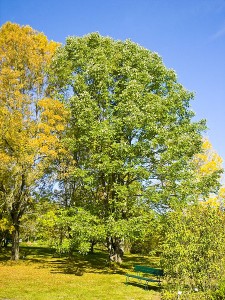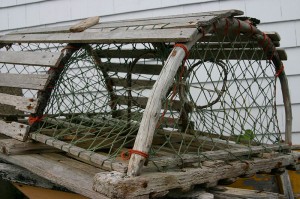He may have won the Gold Glove in left field last year, but as is so often the case, the voters were winking at Mr. Gordon’s work with that stick of Ash as much as the leather.
Trade Name: White Ash.
Genus: Fraxinus americana
Janka Hardness (pounds-force): 1320
Description: Light brown with highly pronounced cathedral grain pattern. Similar to the oaks at first appearance, but ash is a denser and more stable species. The White ash is coarse, like oak, and the grain is usually straight and regular. Not for exterior use.
Both water and insect can kick some serious Ash. Interior use only, please.
Location: Typically, Eastern North America. Ranges from Nova Scotia to Minnesota across the north, south to northern Florida and west to eastern Texas. Found all over the great North American temperate forests.
Common Aliases: American ash, Ash, Biltmore white ash. The term “ash” may also refer to several other specialized species of the Genus Fraxinus, namely: Black ash, Blue ash, European ash, Green ash, Oregon ash, Pumpkin ash, and olive ash. Olive ash may also refer, confusingly, to darker varieties of White ash similar in appearance to the Olive.
Performance: Relatively easy to work, given its strength properties. White Ash is a flexible wood that finishes quite well naturally, and can be stained. Saws well, glues easily, sands fairly easily. A very solid all-around performer.
Common Uses: Baseball bats, crates, pallets, millwork, tool handles, other turnings, furnishings, flooring, hockey sticks, audio equipment, and other projects requiring a strong, sharp looking American hardwood.
From: The Wood Database:
Common Name(s): White Ash, American White Ash
Scientific Name: Fraxinus americana
Distribution: Eastern North America
Tree Size: 65-100 ft (20-30 m) tall, 2-5 ft (.6-1.5 m) trunk diameter
Average Dried Weight: 44 lbs/ft3 (710 kg/m3)
Basic Specific Gravity: .55
Hardness: 1,320 lbf (5,870 N)
Rupture Strength: 15,000 lbf/in2 (103,450 kPa)
Elastic Strength: 1,740,000 lbf/in2 (12,000 MPa)
Crushing Strength: 7,410 lbf/in2 (51.1 MPa)
Shrinkage: Radial: 4.9%, Tangential: 7.8%, Volumetric: 13.3%, T/R Ratio: 1.6


